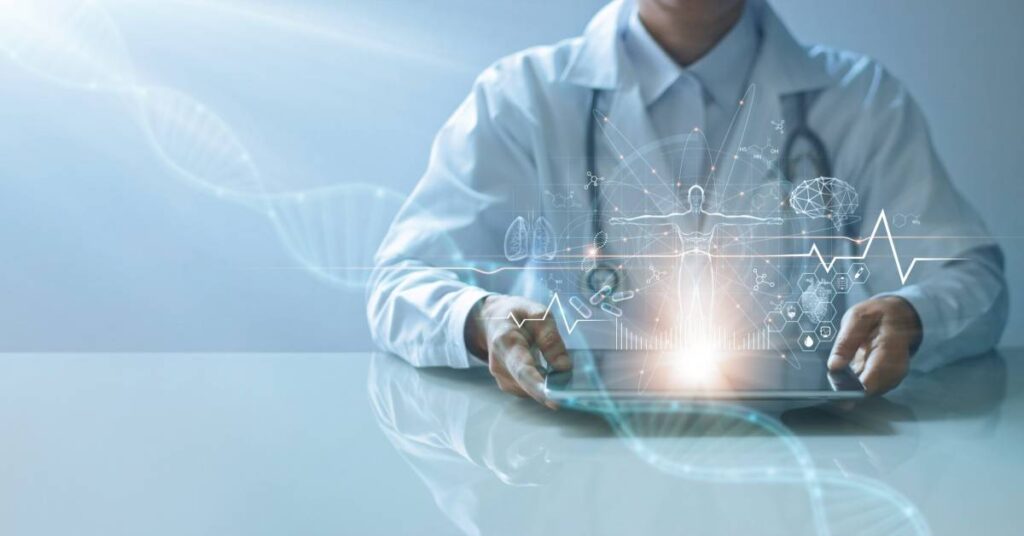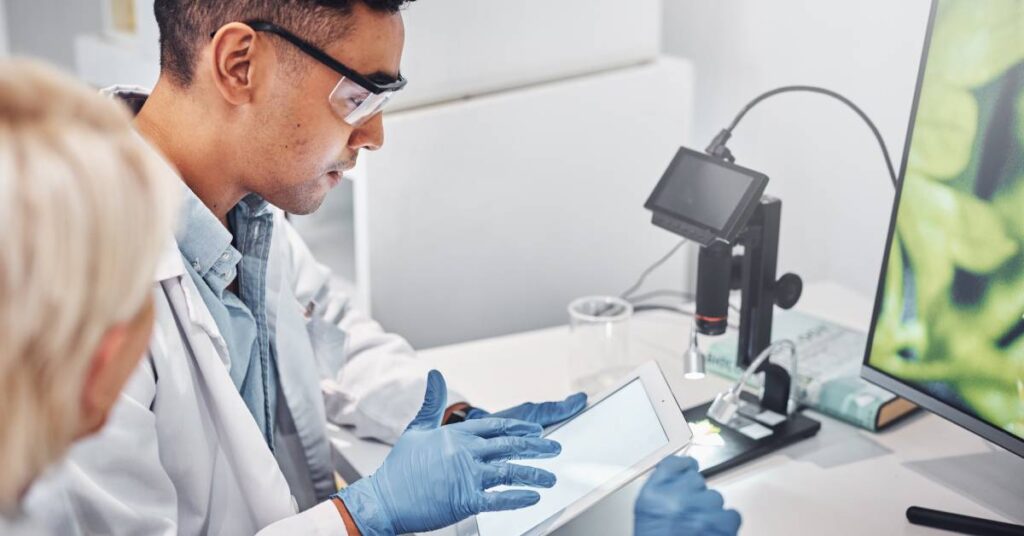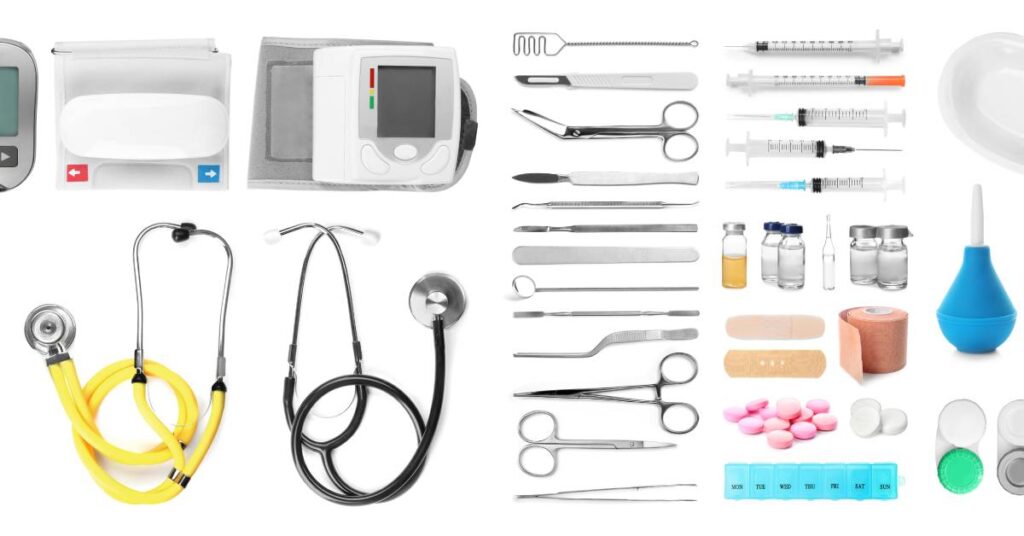Medical devices play an integral role in healthcare, offering solutions that can dramatically improve patient outcomes and quality of life. Whether it’s a simple thermometer or a complex MRI machine, every medical device undergoes a rigorous development process to ensure safety and efficacy. Understanding this development process is crucial not only for those involved in the industry but also for general audiences keen on appreciating how these life-saving tools come to be.
Though the process of medical device development might change due to unique challenges or requirements for specific designs, there are five major steps that all product manufacturers must follow. Each step has its own unique challenges and priorities, from initial conceptualization to post-market monitoring.
Manufacturers who know the ins and outs of each phase—including key activities, objectives, and considerations—can streamline their workflows and create a reliable process that turns a groundbreaking idea into a reliable medical device. Take a look at the five phases of medical device development and learn more about the crucial objectives and requirements manufacturers face with this comprehensive overview.
The Importance of Medical Device Development
The process of developing medical devices is not just about creating a product; it involves a comprehensive approach that balances innovation, regulation, and patient safety.
Because medical devices interact directly with human bodies, they require stringent checks to ensure they are safe and effective. The development process helps identify potential risks and ensures that devices meet all relevant regulatory requirements.
As such, the overall process is a collaborative effort involving engineers, scientists, clinicians, and regulatory experts. Each phase of development builds upon the previous one, with the ultimate goal of delivering a product that meets the needs of patients and healthcare providers. This process is not only about creating a device that works but also ensuring it can be safely used in diverse clinical settings.
Phase 1: Conceptualization and Discovery

The first phase of medical device development is conceptualization and discovery. This phase is where ideas are born, and initial plans are laid out. In many cases, this phase begins with a simple question: what solution will the medical device provide? This question then leads to other key steps in the conceptualization phase. These steps include analyzing current market needs, discovering potential material and technology solutions, and refining the idea to create an innovative solution that can address unmet clinical needs. These early discovery and conceptualization steps are a crucial part of setting the foundation for the entire development process.
Risk analysis is a key component of the conceptualization phase. Developers must identify potential risks associated with the device and develop strategies to mitigate them. This involves assessing the likelihood and severity of potential hazards and implementing design controls to ensure safety. Risk analysis is an ongoing process that continues throughout the development cycle.
Market research and financial planning are also critical aspects of this phase. Developers need to understand the competitive landscape, target customer needs, and develop funding strategies. A thorough market analysis helps define product specifications and identify key differentiators that can make the device stand out in the market. Meanwhile, clear funding strategies help define market challenges and expectations, giving you a clear idea of the costs and return on investment you can expect from your product.
Finally, regulatory path planning is also initiated during the conceptualization phase. This helps ensure compliance with relevant standards and regulations throughout the entire development process.
Phase 2: Formulation and Feasibility Analysis
The second phase of medical device development is formulation and feasibility analysis. This phase focuses on validating the initial concept and determining the feasibility of the proposed device. It involves conducting feasibility studies to assess technical, financial, and operational aspects of the project. The goal is to evaluate whether the device can be developed within the given constraints.
The second phase also involves refining design plans based on the insights gained from feasibility studies. Developers create prototypes and conduct preliminary testing to validate the device’s functionality and performance. This iterative process helps identify design flaws and optimize the device for better performance. Collaboration among multidisciplinary teams is crucial during this phase to thoroughly evaluate all aspects of the device.
Phase 3: Design and Development
The third phase of medical device development involves translating the refined design plans into a tangible product. The focus is on developing detailed design specifications and engineering drawings that serve as blueprints for manufacturing the device. Design and engineering require a high level of precision and attention to detail to ensure the device’s performance and reliability.
Prototyping is a key activity during this phase. Developers create functional prototypes that closely resemble the final product. Prototyping allows for testing and validation of the device’s design, functionality, and performance. It helps evaluate the device’s usability, ergonomics, and user interface to ensure it meets the needs of end-users.
Verification and validation are also critical components of the design and engineering phase. Verification involves testing to ensure the device meets specified design requirements. Validation, on the other hand, ensures that the device fulfills its intended purpose in real-world conditions. This phase may involve conducting clinical trials to gather data on the device’s safety and effectiveness.
Phase 4: Final Validation, Review, and Approval

Once your device is ready, it is time to wrap up research and testing so that you can prepare your product for review and, pending approval, market release. This fourth phase of medical device development involves submitting necessary documentation—including validation reports, clinical data, and technical specifications—to relevant regulatory authorities. The goal is to obtain approval for the device’s commercialization. Regulatory review is a rigorous process that assesses the device’s safety, efficacy, and compliance with standards.
Obtaining regulatory approval is a significant milestone in the development process. It signifies that the device meets the necessary standards and can be marketed for use in clinical settings. However, if the device fails to meet regulatory requirements, developers may need to return to previous phases to refine the design and address any identified issues.
Phase 5: Manufacturing and Post-Market Monitoring
The fifth and final phase of medical device development is manufacturing, commercialization, and post-market monitoring. Once manufacturers have regulatory approval, they can begin production and release the device to the market. This process involves scaling up manufacturing operations to meet market demand while maintaining high-quality standards.
A manufacturers’ responsibilities do not end once the device is on the market, though. They must also conduct post-market monitoring—including end-user surveys, quality audits, and post-launch surveillance—to gather feedback and assess the device’s performance in real-world conditions. Continuous monitoring helps identify any potential issues or adverse events, enabling prompt corrective actions. Manufacturers are responsible for ensuring the device’s safety and effectiveness throughout its lifecycle.
Choose Development Partners You Can Trust
Understanding the five phases of medical device development offers valuable insights into the complexity and significance of creating safe and effective medical technologies. Each phase requires meticulous planning, collaboration, and commitment to quality. By navigating this process, developers can bring innovative solutions to market that address unmet clinical needs and improve patient outcomes.
Highpower Labs offers comprehensive medical device validation services to support your development process. Learn more about the specific validation processes we offer when you visit us today.
